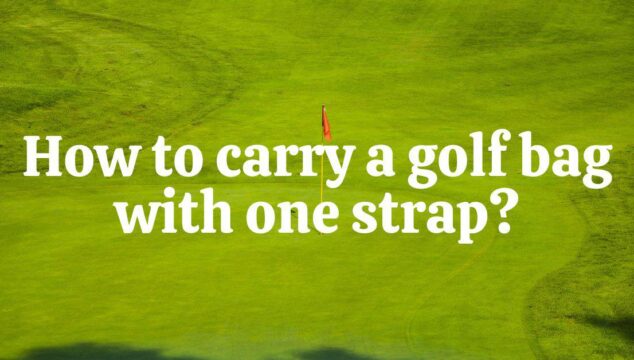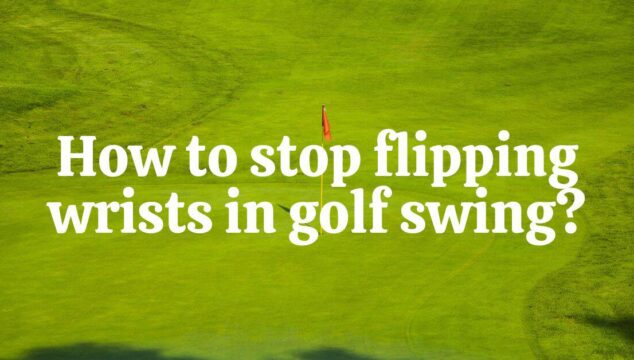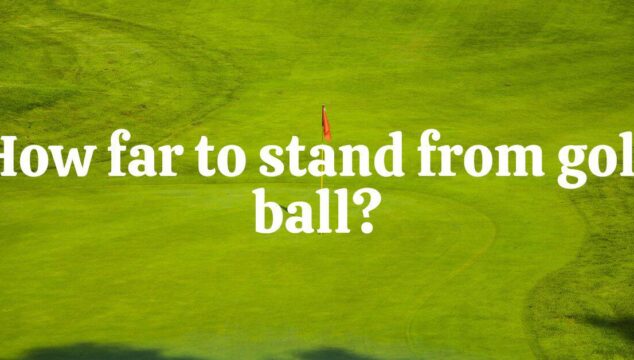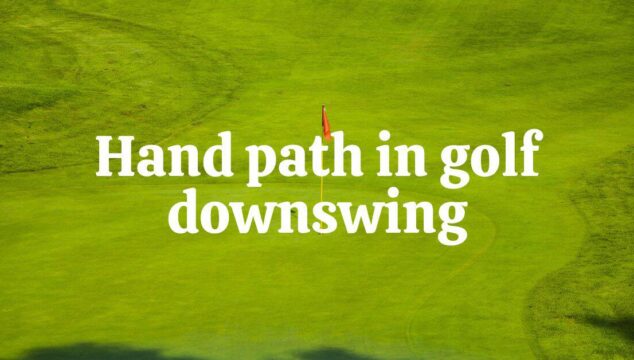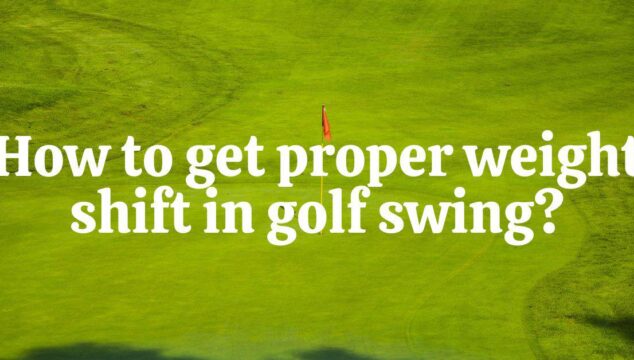One often-overlooked aspect is how you carry your golf bag, and today, we’re diving into the art of mastering the solo stride – carrying a golf bag with just one strap. Picture this: you’re strolling down the fairway with the confidence and ease of a seasoned pro, effortlessly handling your golf bag with a single […]
Training Guide
How To Stop Flipping Wrists In Golf Swing?
Flipping wrists adds inconsistency to your game and undermines the solid fundamentals needed for improvement. Addressing this issue can pave the way for more reliable, accurate, and powerful swings, helping you unlock your full potential on the course. Picture this: you’ve lined up the perfect shot, your swing feels smooth, and the ball takes off—only […]
How Far To Stand From Golf Ball?
Every great golf swing begins with the right setup, and one of the most overlooked aspects is how far to stand from the golf ball. It might seem like a minor detail, but getting this distance right can transform your accuracy, power, and consistency. Stand too close, and you risk cramped swings and mis-hits. Stand […]
Optimizing Hand Path in Golf Downswing
The hand path in a golf downswing isn’t just another technical detail—it’s the linchpin of a successful, well-executed swing. Every golfer dreams of achieving a consistent, powerful swing that sends the ball soaring down the fairway. While grip, stance, and rotation often steal the spotlight, there’s a critical yet often overlooked element that plays a […]
How To Shift Your Weight In A Golf Swing?
The secret to a powerful, accurate golf swing doesn’t lie in just the arms or the club—it starts with your feet and flows through your entire body. One of the most overlooked yet essential aspects of a great swing is mastering weight shift. Think of it as the engine driving your swing, turning raw energy […]
